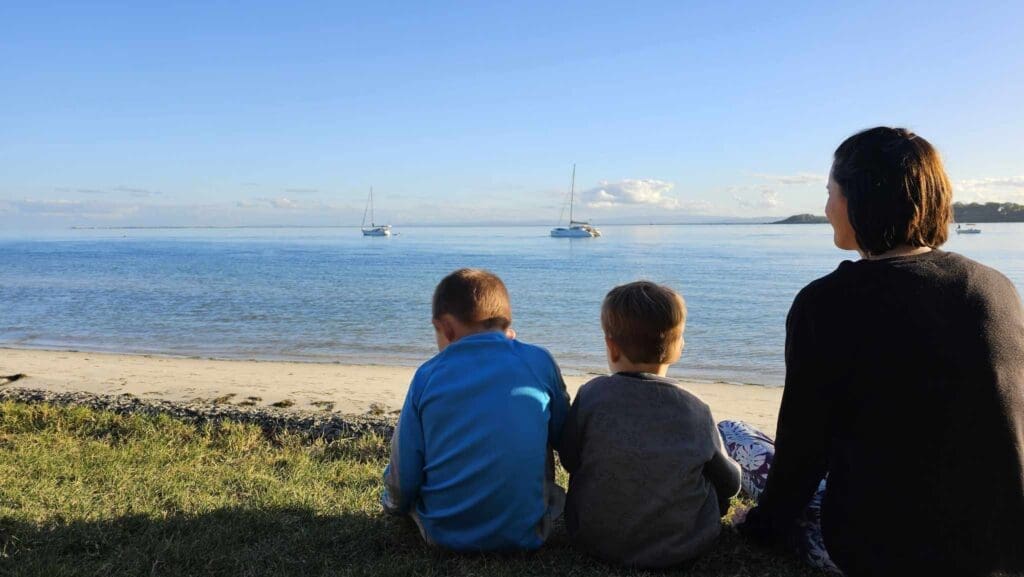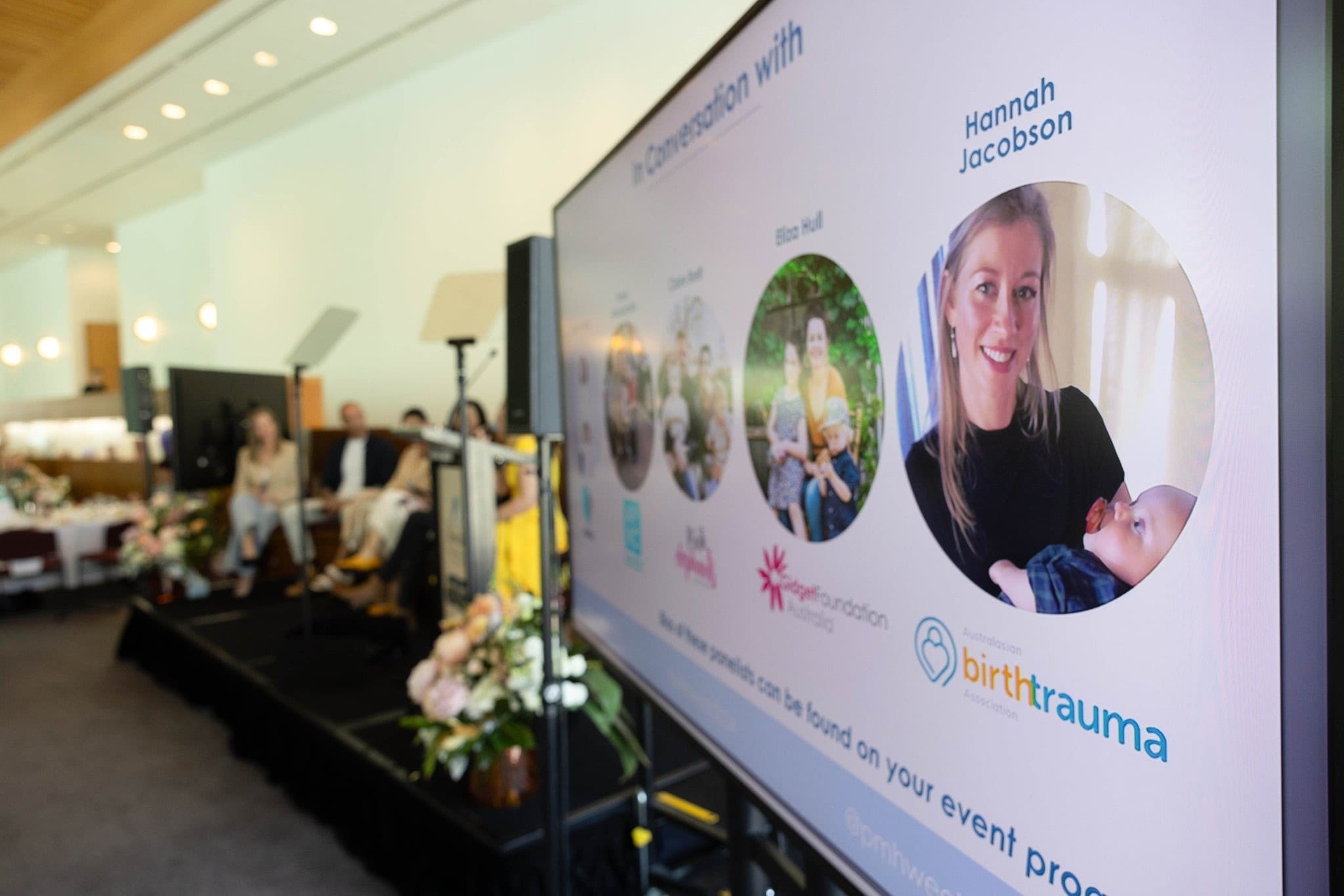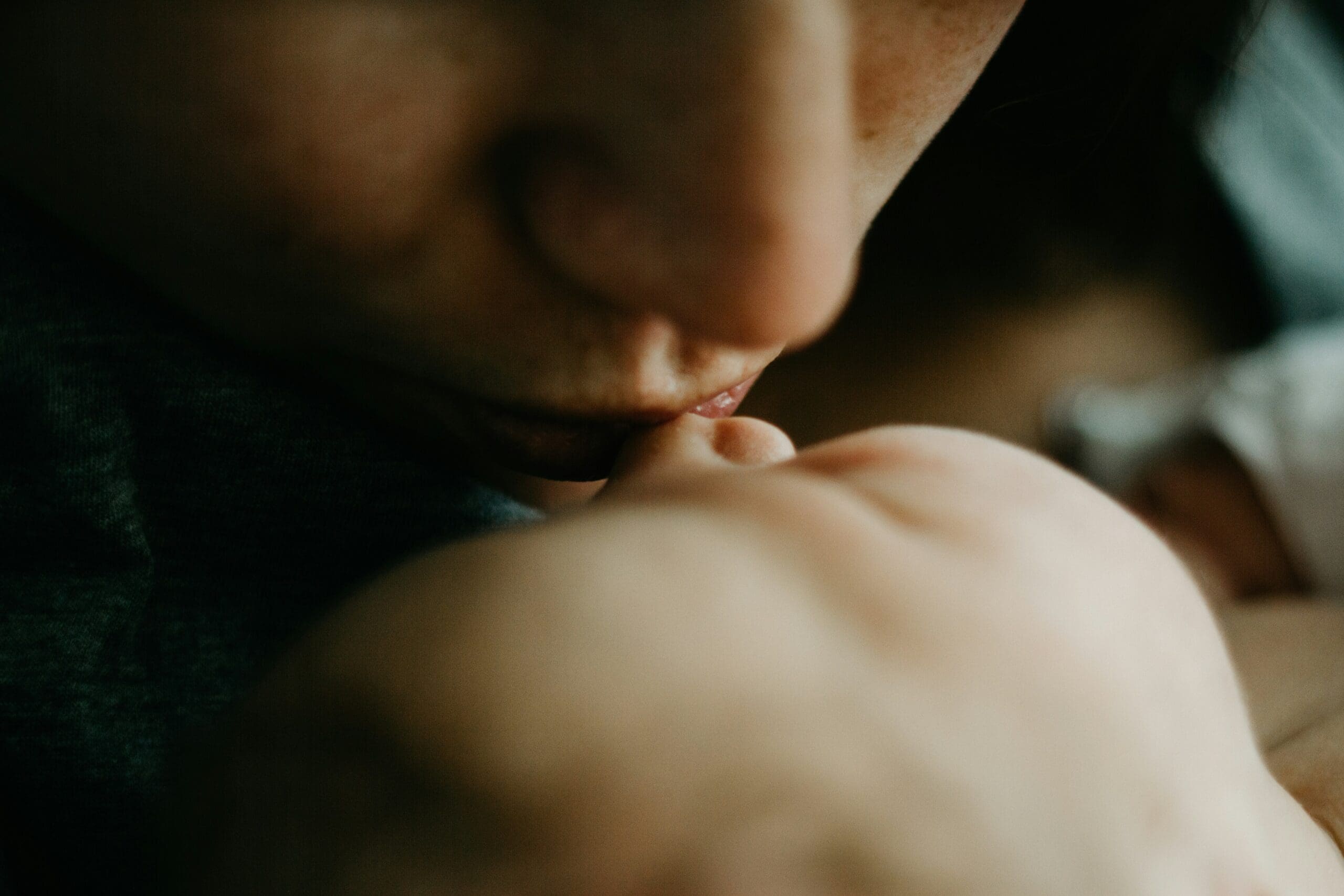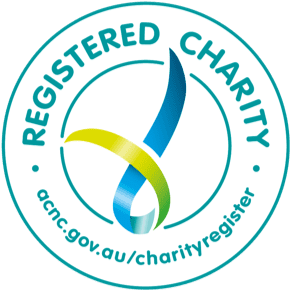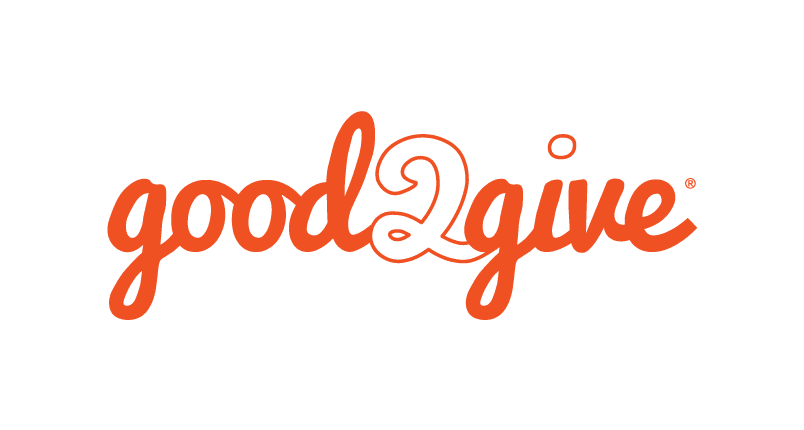Content warning: This birth story discusses trauma. Topics discussed include a 4th-degree perineal tear, fistula and mental health struggles, including PTSD. If you are seeking support for your birth trauma, we have downloadable resources here, or you can join one of our free Peer2Peer Support programs.
In 2018, I had just given birth naturally to my healthy baby boy. “You also have a 4th-degree tear,” I was told. I have an identical twin sister who experienced a grade 3b tear after her first birth, so I immediately knew this was not going to be easy. I was in a fair amount of pain, which, due to my significant injury, I knew would last for a while.
Four weeks into my recovery, I still wasn’t feeling well. I was in absolute agony. I had a constant throbbing pain in my backside. I couldn’t walk without making the pain worse, and I still couldn’t sit down. Every day, I assumed a lying position on the couch. Thankfully, I had help from my family with making meals and bringing my baby to me for feeding so I could try to recover. I was not able to manage on my own. I did not know that this level of pain was not normal, and looking back, I wish I had known that this was not typical healing for a 4th-degree tear. I feel that if I had been given more information back then, I could have been better prepared for what to expect. I attended the OASI clinic, only to be told that everything “looked to be healing well.” I still had fecal incontinence and would lie sobbing on the bathroom floor at the end of each day, willing the pain to end.
Instead of spending my days cuddling my newborn and bonding with him, I spent my days unable to leave the house. On top of my excruciating pain, my days centered around making sure I could get to the toilet on time, cleaning up, and hoping I wouldn’t soil myself while trying to navigate caring for my newborn. I felt cheated. My dream of beautiful newborn cuddles and bonding with my baby in those early days was ripped away from me.
At six weeks postpartum, I noticed I had stool coming out of the wrong hole. Something was very wrong, and I ended up back in the hospital. I had surgery and was told I’d had a perineal abscess, which had burst and now caused a perineal fistula. This essentially meant I had two holes coming out of my rectum. After another surgery, I continued to experience pain and knew I had to focus on my healing. I experienced PTSD and anxiety, with the constant fear of soiling myself and that the abscess and pain would return.
Thankfully, by three months postpartum, I finally started to feel like I was healing. By this time, I was using a daily visualization/meditation practice by Dr. Joe Dispenza (recommended to me by the acupuncturist) to visualize my own healing. I attended acupuncture, physiotherapy, and psychology appointments. I was willing to try everything. I still had future fistula surgery scheduled, but I was gradually feeling less pain. I finally felt comfortable enough to leave the house on my own at about 4-5 months after giving birth.
Somehow, eight months after giving birth, my scheduled fistula surgery revealed that I no longer had a fistula. Apparently, this is very uncommon for them to heal on their own. I didn’t care how it happened—I felt like I had won the lottery. I was delighted I never had to go through another butt surgery!
When I was pregnant with my second baby, I had my first panic attack at the thought of going into labor naturally. That was when I knew I had to have a cesarean section, despite wishing it could have been different for me. I was told I was at a very high risk of tearing again and becoming permanently fecally incontinent. It was a terrifying thought to cause more damage to myself.
Two years and two months after my birth trauma, I gave birth to my second beautiful, healthy baby by cesarean section. It was an absolutely wonderful and healing experience. I felt I had control and healed as expected. It was the relief I needed so I could focus on caring for my two kids. I was able to enjoy those newborn moments, and I tried to take my time to truly enjoy being a mom this time around.
Today, I still experience mild fecal incontinence as a result of my torn sphincter. However, I am able to manage and go about my life fairly normally now. I always need to scope out where the nearest toilets are, I had a bidet installed at home, and I am slowly starting to return to jogging.
My experience is not something I would wish upon anyone. Yet, through this, I have learned I have resilience, strength, and a deeper level of empathy for others than I realized. All of these are very useful for helping people, as I work in healthcare as an OT.
In the early days of my recovery, I came across the ABTA Facebook community, a Facebook group dedicated to people with 4th-degree tears, and even one for people living with fistulas. These supports were so important to me—I knew I wasn’t alone. It was a place where I could feel safe in a community that understood, where I could ask “gross” questions or share funny jokes about butts to make us laugh.
I have since deepened my personal practice in yoga and practice daily alongside meditation as a way to help calm my mind and reduce anxiety that creeps up unexpectedly. I even took a Reiki training course, and I am absolutely loving learning about alternative ways to heal myself and others. Through my experience, I know healing is a unique journey that is different for everyone, but most importantly, it takes time. I hope that by sharing my story, it will encourage others to seek support and know they are never alone.


